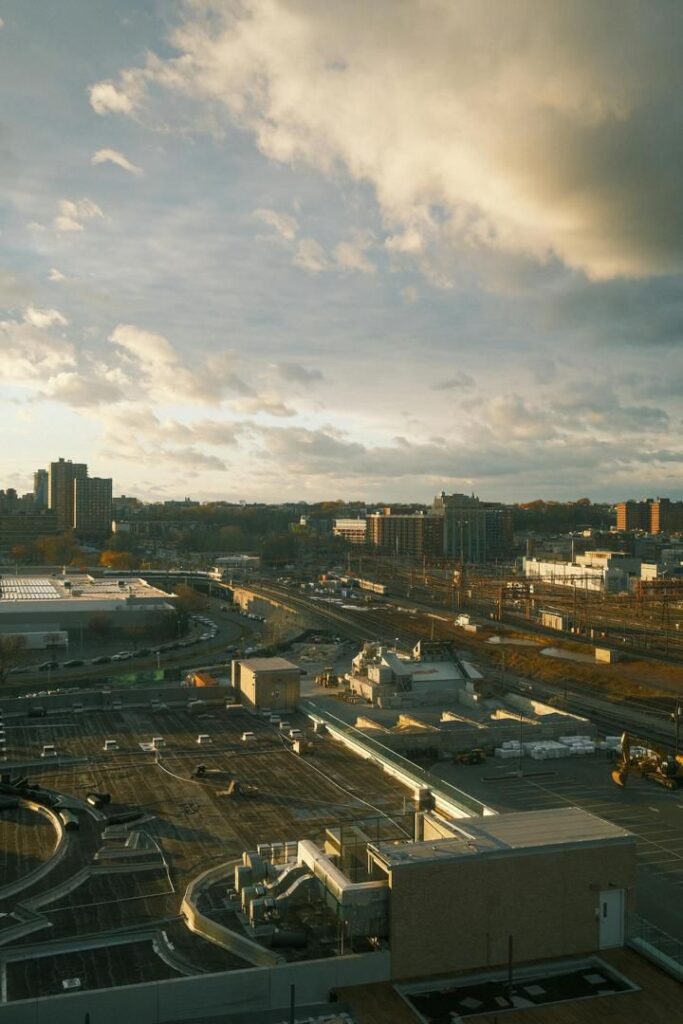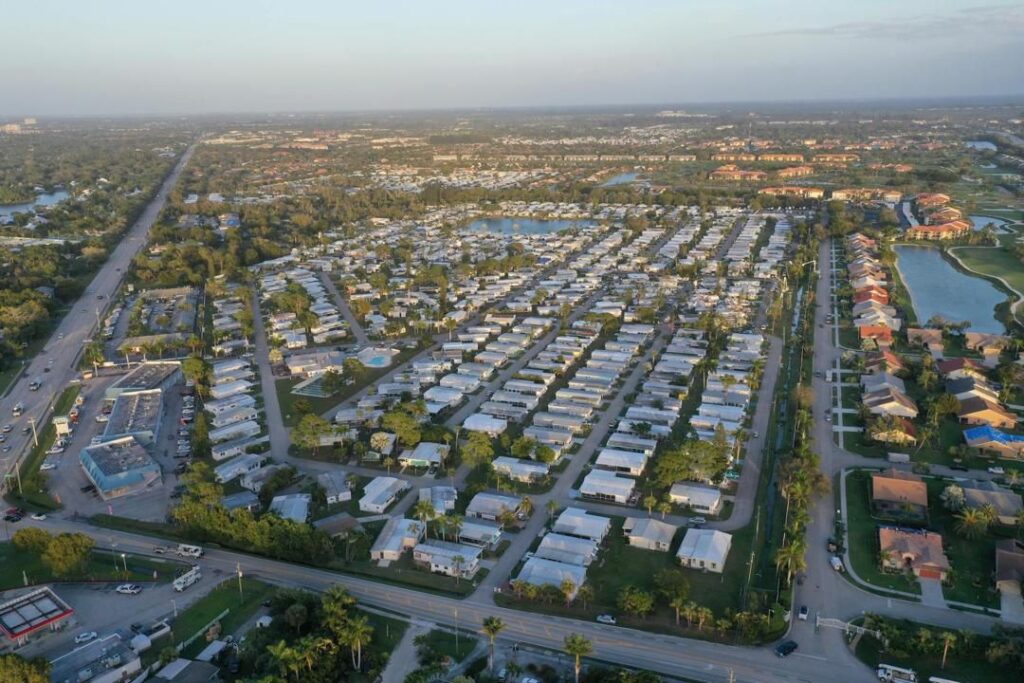
Suburban America is in the middle of a quiet revolution. Once viewed mainly as bedroom communities for nearby cities, suburbs are evolving into dynamic places where people live, work, and play. Rising housing costs in urban cores, the spread of remote and hybrid work, and a renewed desire for space and quality of life are all reshaping demand. In this blog, we unpack why suburbs are back in focus, the strongest trends guiding their next chapter, the forces behind these shifts, the obstacles that must be managed, and the most promising plays for investors and developers.
Why Suburbs Are Back in the Spotlight
After years of urban momentum, the pendulum has swung toward areas that offer more space, relative affordability, and access to good schools, parks, and everyday amenities. Hybrid work has loosened the tie to downtown offices, which means families and professionals can prioritize lifestyle without sacrificing career. Population data show many fast-growing counties are suburban, reflecting migration from high-cost metros to regions with better value and room to grow; the U.S. Census Bureau is a reliable starting point for tracking these shifts. The result is a new wave of development focused on livability, convenience, and community rather than long commutes.

Key Trends Shaping the Future of Suburban Development
Rise of “15-Minute Suburbs”
Planners and builders are adapting the “15-minute city” concept to suburban contexts, creating communities where daily needs workspaces, schools, groceries, parks, health services, and entertainment are within a short walk, bike ride, or transit hop. This approach reduces car dependency, supports small business vitality, and increases resident satisfaction. It also lifts nearby real estate values when master-planned with connected paths, safe streets, and a mix of uses.
Growth of Suburban Job Hubs
Employers are distributing operations into suburban campuses and mixed-use districts to be closer to talent and shorten commutes. Health care, logistics, advanced manufacturing, and tech services are common anchors for these hubs. Market watchers can validate momentum by reviewing local employment and wage trends in the Bureau of Labor Statistics datasets and by mapping new corporate leases, build-to-suit projects, and business-park redevelopments.
Transit-Oriented & Infrastructure Expansion
Connectivity is the oxygen of sustainable suburban growth. Regions investing in commuter rail extensions, bus rapid transit, last-mile micro-mobility, and strategic highway upgrades typically see development clusters around stations and interchanges. Research from institutions like Brookings and regional MPOs (metropolitan planning organizations) highlights how transit-oriented development can concentrate density, reduce congestion, and support walkable town centers that feel more urban in amenity but remain suburban in scale.
Housing Market Dynamics
Demand for suburban housing continues to outpace supply in many metros. Families are drawn to single-family homes and townhomes with yards and flexible rooms that can double as offices, while younger buyers and renters value attainable price points and proximity to services. Watching days on market, months of inventory, rent growth, and resale appreciation via sources such as Realtor.com Research and local MLS reports helps investors spot tight submarkets where new supply can be absorbed quickly. Affordability remains a challenge in hot corridors, pushing a mix of build-to-rent, missing-middle housing, and well-located multifamily.
Retail & Community Amenities
Suburban retail is shifting from big boxes and enclosed malls to open-air, experience-rich centers that blend dining, entertainment, wellness, and neighborhood services. Walkable main-street environments and “third places” from coworking lounges to community green spaces are becoming essential to place-making. When these elements arrive early in a project, they accelerate lease-up, support higher attainable rents, and extend dwell time for residents and visitors.
Technology & Smart Suburbs
Digitization is now a core amenity. Ubiquitous high-speed broadband, smart-grid readiness, EV charging, energy-efficient building systems, and responsive city services set leading suburbs apart. Developers who deliver fiber-ready communities, integrate sensors for building performance, and design with sustainability certifications in mind often see stronger tenant demand and better operating margins over time. Guidance from the Urban Land Institute can help teams benchmark best practices in resilient, tech-forward design.

Drivers Behind the Evolution of Suburbs
The strongest tailwinds are structural. Hybrid work decouples housing decisions from daily commuting, allowing households to prize space, privacy, and local amenities. Demographic migration toward the Sun Belt and select Midwest markets adds fuel, particularly where job creation and lower costs converge. Public investments in transit and utilities de-risk private development, while zoning modernization unlocks missing-middle housing and mixed-use nodes. Culturally, consumers want healthier, greener, and more connected neighborhoods preferences that align with the best of contemporary suburban planning.
Challenges of Suburban Growth
Momentum brings complexity. Rapid in-migration can strain roads, water systems, schools, and health networks, underscoring the need for coordinated capital planning. Sprawl risk persists if growth pushes outward without transit, jobs, or services, increasing emissions and commute burdens. Affordability pressures rise when demand outruns supply, pricing out essential workers. Entitlement timelines, local opposition to density, and fragmented governance can stall otherwise viable projects. Environmental resilience managing heat, stormwater, wildfire interface, and grid reliability must be designed in from day one rather than bolted on later.
Opportunities for Investors & Developers
Opportunity concentrates where policy, infrastructure, and demographics align. Build-to-rent neighborhoods near job nodes provide stable cash flow with institutional-grade operations. Transit-oriented mixed-use around new stations can capture both rent premiums and enduring demand for convenience. Redevelopments that convert aging retail into walkable town centers unlock latent land value, especially when paired with medical office, fitness, and daily-needs retail. Smart-suburb features fiber, EV readiness, efficient envelopes differentiate product and lower lifecycle costs. For underwriting, pair local data with a proven framework for evaluation; if you need a refresher on fundamentals, see your internal playbook and our primer on market evaluation at RealEstateTalks.org, and consider how tax strategies like cost segregation can shape returns over the hold period in coordination with a CPA (read our explainer: What Is Cost Segregation and How Does It Help Reduce Your Tax Bill).
Conclusion
Suburban development in America is entering a higher-functioning era—less about long drives to downtown and more about complete communities that deliver convenience, connection, and choice. Markets that embrace 15-minute design, nurture suburban job centers, expand transit, and deploy smart infrastructure will compound value over time. For investors and developers, the path forward is to target submarkets where public commitments and private demand are already visible, execute with sustainability and technology at the core, and design for everyday life rather than occasional visits. For continuing insights, resources, and deep dives into emerging markets, visit the home page at RealEstateTalks.org and explore additional market strategy content as we publish.

